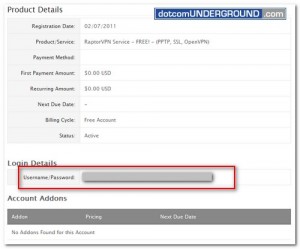

At the same time, doing so means negating the aforementioned benefits of the protocol to some point. Most networks that use PPTP have to apply additional security measures or be deemed completely inappropriate for the modern internet environment. It is still somewhat popular due to easy set-up and fast performance. It was developed in late 90’s and by default does not feature data encryption at all. The Point-to-Point Tunneling Protocol is technically not a VPN protocol, but is often utilized as such. This one is the most “old-school” of them. Now, let’s take a look at the most popular virtual private network protocols and compare their pros and cons. It usually consists of at least two important parts – tunneling protocol that defines how devices within the network are connected, and encryption protocol that defines how the data traffic is secured.īesides those two, different VPN protocols might offer additional features that are intended to provide users with new opportunities or to fix some known problems. VPN protocol is a set of technologies used by VPN service providers to create a secured connection between a user and a website.

What is IKEv2, exactly? How does it fare compared to other protocols? How to configure it? Read on and learn this and much more! Rejoice, Windows users! VPN Unlimited finally grants you access to IKEv2 – the most secure, up-to-date, and reliable VPN protocol. It is also easy to set up, which, when paired with its speed, might make it seem like a viable VPN protocol.Updated on July 13, 2021: From now on, traffic filtering, malware protection, and suspicious DNS activity blocking are available as a part of the separate DNS Firewall app. So because of its abysmal security, a PPTP VPN remains, by a small margin, one of the faster VPN protocols to date. Ironically, however, PPTP’s downfalls are also its only saving grace – bad encryption means small overhead, which directly increases speed. In fact, the NSA was allegedly able to crack and bypass it, which allowed them to monitor PPTP users’ online activity.Īside from its lack of security, the protocol also struggles to bypass firewalls and can have compatibility issues with routers. It can use three authentication protocols, two out of which (PAP and CHAP) are known to have been breached and exploited before, and only supports MPPE (Microsoft Point-to-Point Encryption) encryption keys of up to 128 bits.ġ28-bit keys are usually not that easy to crack, but MPPE is infamous for being extra vulnerable to bit-flipping attacks. PPTP is a direct predecessor of PPP, an even older Point-to-Point Protocol, and is built on its outdated framework.


 0 kommentar(er)
0 kommentar(er)
